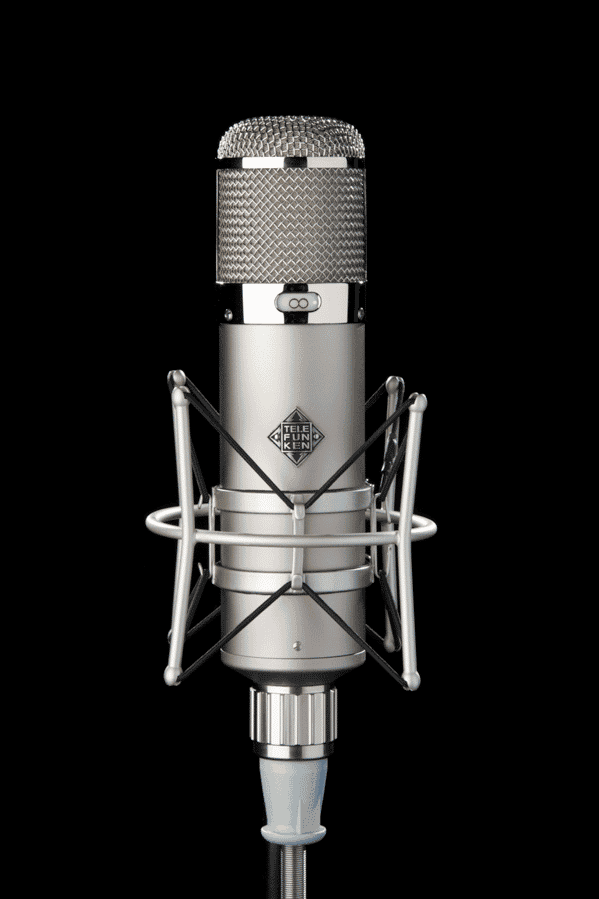
10 years after the improvement of the omnipresent U47, the U48 Microphone was discharged with one variety to the U47. It had “bidirectional” (figure 8) capability. The bidirectional capability can be exceptionally valuable in more “encompassing” recording situations. Such as where the building recording the sound does not need to listen as much of the room vibe. Such as could be recorded with an omnidirectional or cardioid pick-up design.
According to the book Recording The Beatles, the U48 was one of George Martin’s favourite receivers. Utilizing the same M7 capsule, BV8 yield transformer and VF14K vacuum tube as Telefunken’s memorable reissue of the U47, the U48s definitive mid-range and amplified low-end reaction make the mouthpiece a great instrument for recording vocals and acoustic rebellious, both close and distant.
U48 Microphone. Use it
Since its unique improvement within the late 1950s, the TELEFUNKEN U48 has been the mouthpiece of choice for generations of recording experts. The initial U48 too highlighted the popular M7 capsule which had been created in 1928 by Georg Neumann. To this capsule was included an intensifier built from military excess VF14 tubes (they had been utilized in field and airship radios) and BV8 yield transformers. The combination of these components created a sonic quality that was completely unheard of within the English talking world of the mid-1940s when darker sounding, less nitty-gritty lace mouthpieces were the standard.
The expansive, chrome head grille houses a recently made M7 capsule. Its matte nickel wrapped up body houses an unused BV8 output transformer. Also, a recently created VF14k vacuum tube. Furthermore, a “plug and play” substitution for the uncommon VF14M tubes found within the unique. The classic “TELEFUNKEN” precious stone symbol gladly decorates the front of the body tube. Each U48 receiver comes in total with an M940 control supply, M840 25’ dual-shielded ACX-7 tube receiver cable, M740 versatile stun mount, FC40 locking flight case and WB40 wooden amplifier box.
Image: Telefunken
